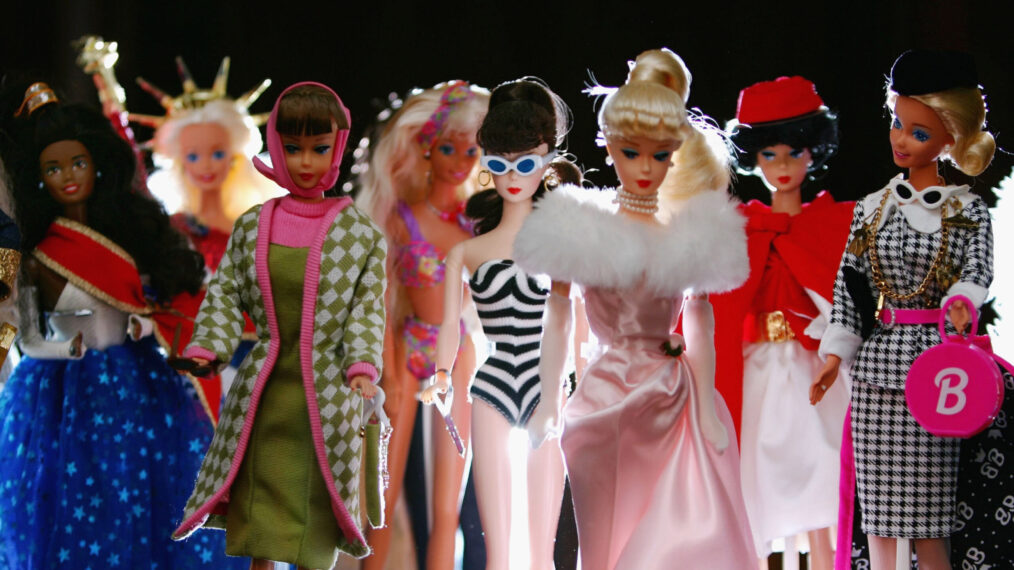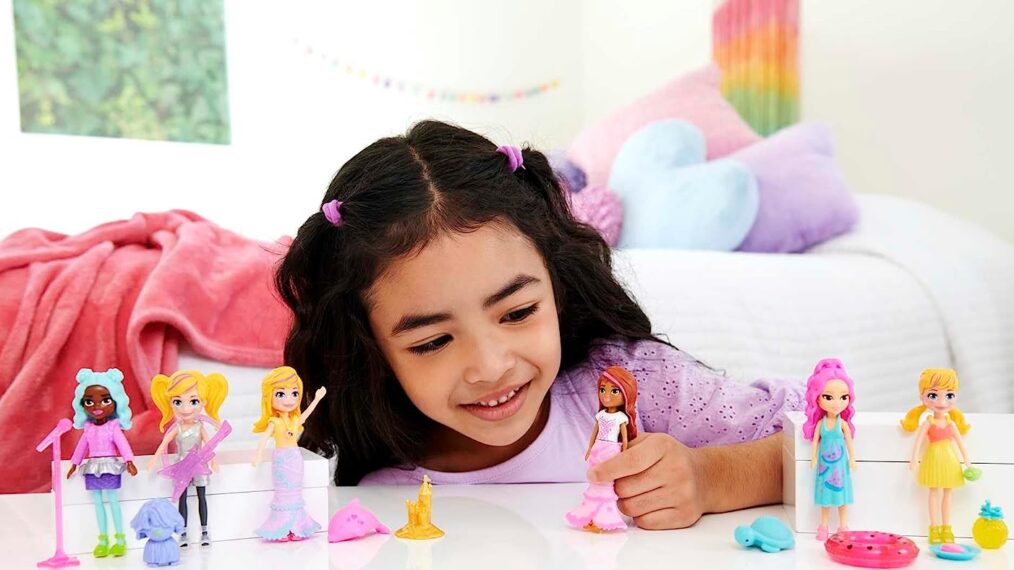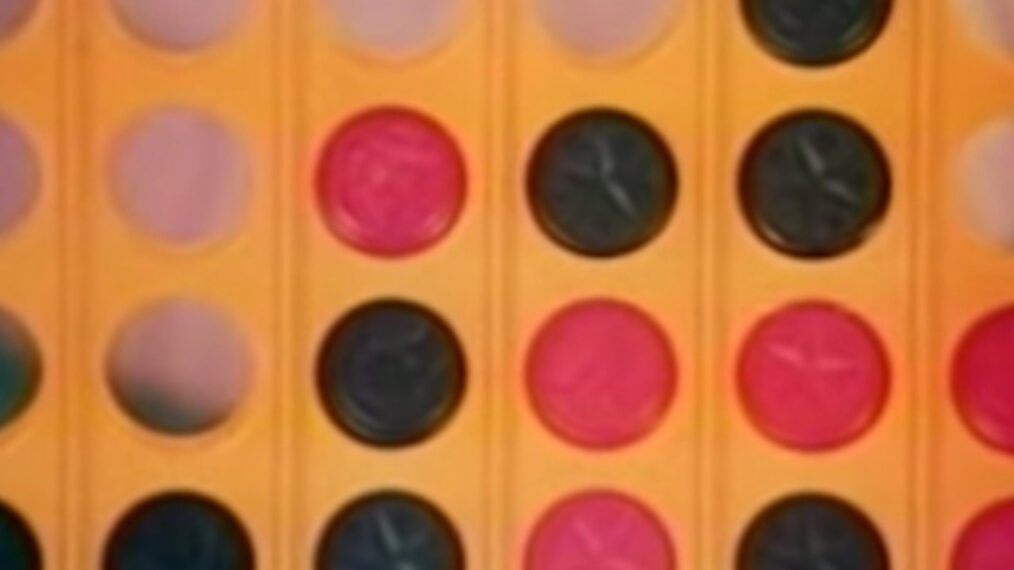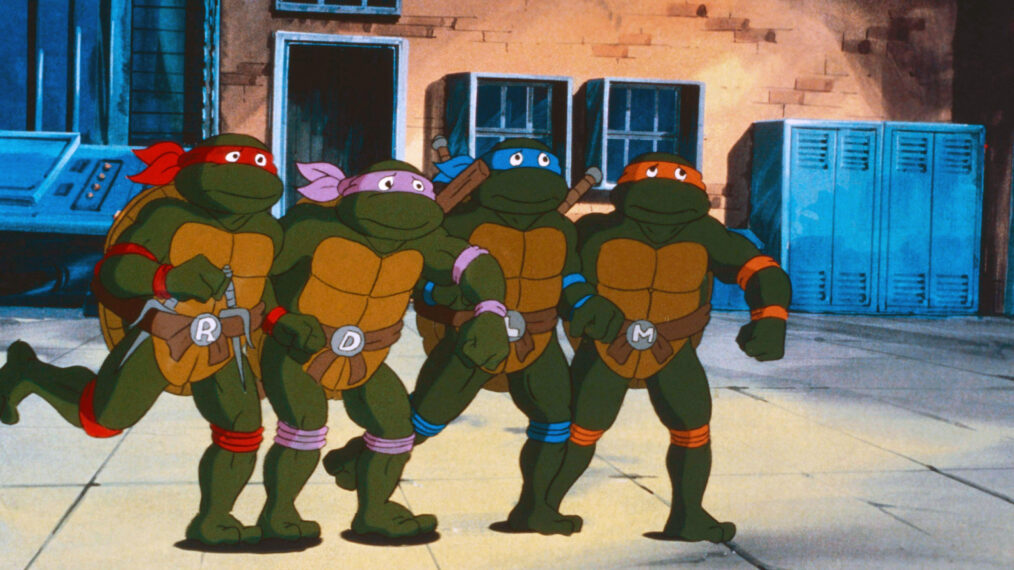The 12 Finalists for 2023 Induction Into the National Toy Hall of Fame Have Been Announced
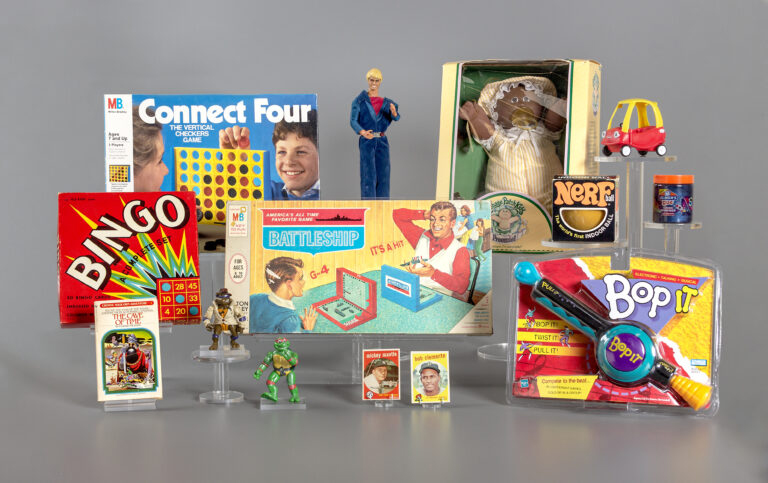
The Strong National Museum of Play in Rochester, New York, has announced the 12 finalists for 2023 induction into its National Toy Hall of Fame.
Established in 1998, the National Toy Hall of Fame recognizes toys that have inspired creative play and enjoyed popularity over a sustained period. Each year, the hall inducts new honorees and showcases both new and historic versions of classic toys that have been beloved for generations.
The many toys and games that have been inducted into the hall since its founding 25 years ago are classics like the teddy bear, the Barbie doll, Crayola crayons, the Erector set, Etch-a-Sketch, LEGO and Play-Doh, which were all among the initial class of 11 toys inducted in 1998.
Subsequent years have seen the likes of Lincoln Logs, the hula hoop, the Duncan yo-yo, View-Master, the Wiffle ball and the Super Soaker among the beloved items finding their way into the hall.
Last year, as you can see in the video below, three toys were inducted: the top, that spinning device that ranks as one of the most ancient of toys; the Masters of the Universe line of figures; and Lite-Brite.
The number of inductees from among the finalists varies each year, so only a few of the 12 finalists that are up for induction in 2023 will make it in.
National Toy Hall of Fame Finalists For 2023 Induction
A little bit below, listed alphabetically, are the 12 finalists for induction into the National Toy Hall of Fame. The lucky ones selected for induction from among this list will be announced on Thursday, Nov. 9, at 10:30am ET.
You can vote for your favorites via the hall’s “Players Choice Ballot” through Wednesday, Sept. 20, 2023 (one vote per day).
According to the site, the three toys that receive the most public votes will be submitted on one ballot and will join the other top-three submissions from members of the National Selection Advisory Committee. The public will collectively act as one member of the committee.
To see the toys that have already been inducted over the past 25 years (and to nominate ones you think should be there), visit the National Toy Hall of Fame’s website.
And the finalists are …
(writeups/reasons for potential induction via The Strong Museum of Play)
Baseball Cards
Through the decades, kids and adults alike have collected baseball cards for the thrill of possessing images of their favorite players — or trying to collect a pricey rarity. Baseball cards are used in card trading and schoolyard bartering, as well as other flipping games. For some, they become a playful add-on to bicycle spokes, generating a fun and memorable “click” for the rider.
Battleship
Originally a pencil-and-paper game, Battleship’s inspiration began with similar two-person strategy games in the late 19th century. Various manufacturers printed paper versions beginning in the 1930s. Television advertising played a part in the success of Milton Bradley’s 1967 plastic adaptation. In 1979, the game was among the first board games to be computerized, and today countless electronic versions exist. In 2013, it cemented its place in pop culture history with a movie of the same name.
Bingo
American bingo is descended from a lottery game first played in Italy around 1530. The game came to be known as lotto and was played in France and in Germany as a teaching tool. A marketer copied the 1920s American carnival game beano, changed its name to bingo, and the game has become a staple of adult play and fundraisers for churches and charity organizations. Different versions of bingo are played worldwide, and it is especially popular in Mexico.
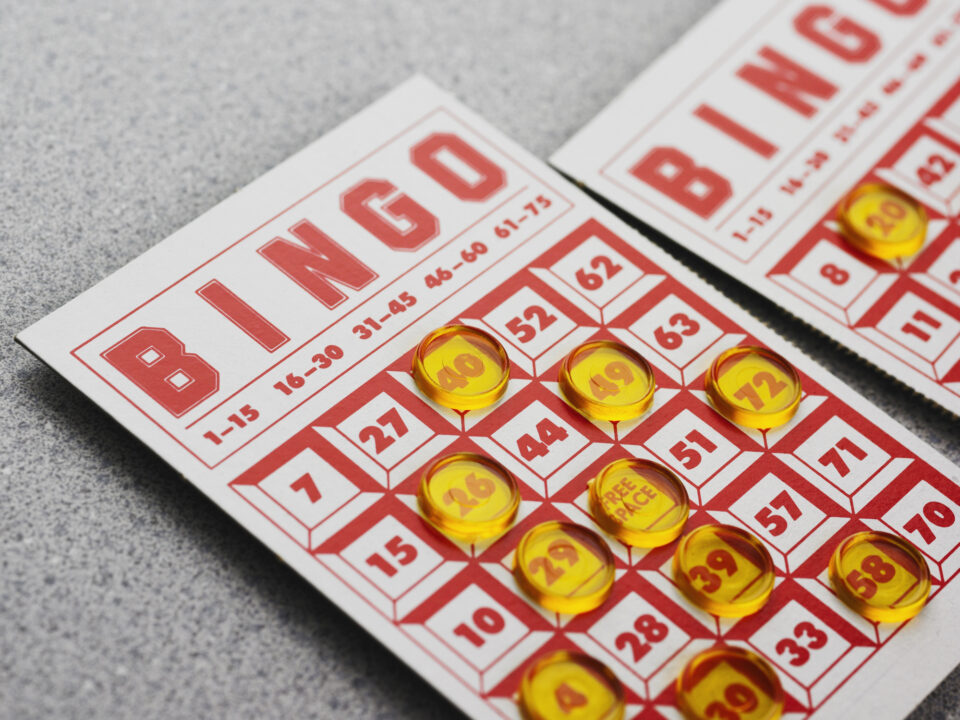
Tetra Images
Bop It
Bop It debuted in 1996 and combined electronic game processes with free play and physical elements in an innovative way. The handheld game challenges players to follow voice-recorded commands and press the large button, or pull a handle, or twist a lever, depending on the instruction. Experts claim the game helps with hand-eye coordination, focus and attention and sensory motor integration — on top of being fun!
Cabbage Patch Kids
When Cabbage Patch Kids launched in 1979, they offered American children a soft, cuddly playmate in a world of hard toys and cold electronics. Consumers could not get enough of the dolls, each with its own name, a unique, lumpy and rounded face, and adoption papers. They became the must-have holiday toy of 1983 and generated massive demand, paving the way for later holiday crazes around Tickle Me Elmo, Beanie Babies and Furby.
Choose Your Own Adventure Gamebooks
With their roots in oral storytelling that asked listeners for their input, and in the branching stories and role-playing simulations of the mid-20th century, Choose Your Own Adventure gamebooks gave kids new opportunities to play with reading. By empowering readers to choose what paths their stories took, the titles influenced a generation of future game designers, sold more than 270 million copies and became one of the bestselling children’s book series of all time.
Connect Four
Connect Four — based on earlier strategy game The Captain’s Mistress — challenges players to be the first to place four tokens in a row. Its quick gameplay makes it a favorite with kids, who can detect patterns, problem-solve and use basic math. Some serious gamers deride Connect Four because it’s been “solved” — there’s mathematically a way for the first player to win every time — but it remains a popular game in many households for its kid-friendly play.
Ken
Mattel copyrighted the line, “He’s a Doll!” to introduce Barbie’s boyfriend Ken in March 1961 at the American Toy Fair in New York. For more than six decades, Ken has been at Barbie’s side (including a 2004 break-up publicity stunt). Throughout it all, he has consistently reflected the times with his outfits and sparked conversation about popular culture, sexuality, acceptance, play and gender roles.
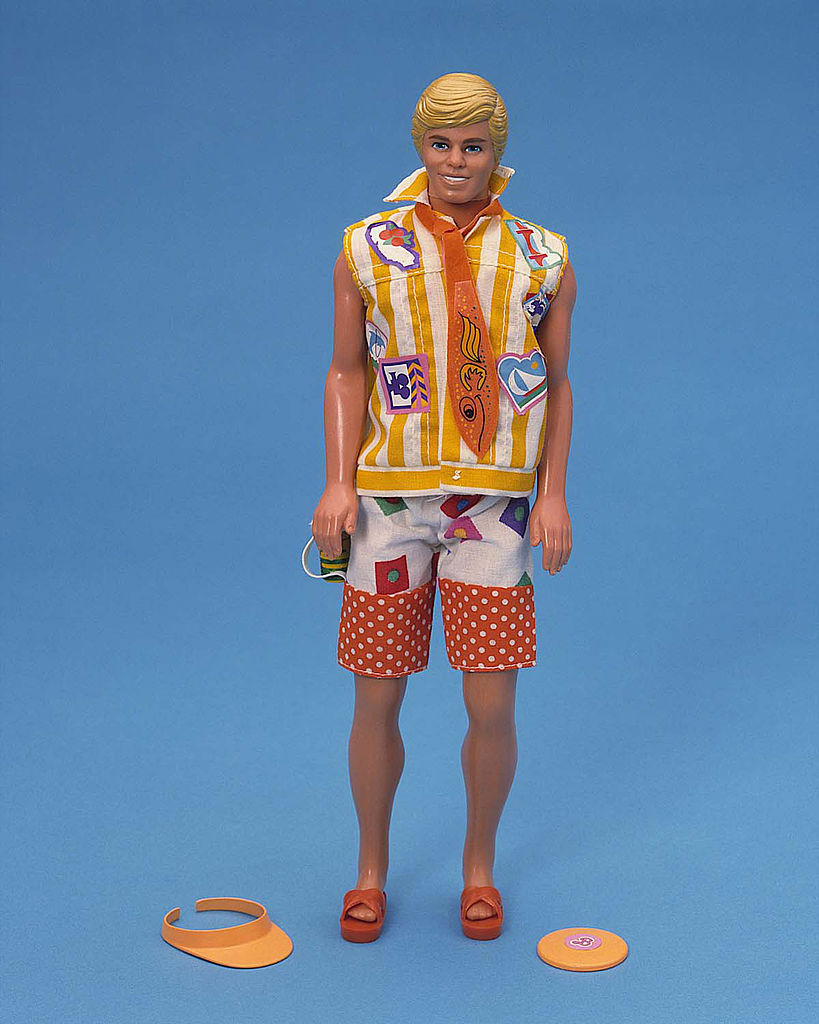
Mattel/NewsmakersGetty Images
1998 California Dream Ken doll
Little Tikes Cozy Coupe
Cozy Coupe hit stores in 1979. The car featured the now iconic red chassis, yellow roof, a trunk and working doors. The thoughtful design helped to minimize the risk of tipping over, and the scale accommodated most children ranging from 18 months to 5 years old. Sales soared, and by 1991, Cozy Coupe was America’s top-selling automobile. Cozy Coupe gave toddlers their first bit of autonomy from their parents, helped to fuel their imaginations and encouraged development of motor skills — all tools needed to navigate through life.
Nerf
Introduced in the 1960s as a foam ball harmless enough to throw indoors, Nerf toys have evolved into a line of blasters that shoot harmless foam darts for outdoor fun that encourages physical exertion, social interactions and strategic thinking.
Slime
Slime has leveraged its squishy, squashy, tactile appeal to become a beloved plaything for generations of kids. From its commercial introduction in 1976, slime has gone on to become an element of other playthings and a television star in its own right. Manufacturers produce slime under various brand names and with certain proprietary twists, but slime also has proliferated as a do-it-yourself project.
Teenage Mutant Ninja Turtles
Originally created to satirize comic book heroes and action figures, the Teenage Mutant Ninja Turtles became comic book and play icons, transmedia trailblazers and an enduring popular cultural sensation known as “Turtlemania” — generating toys, television shows, movies, video games and merchandise over the past 39 years.

